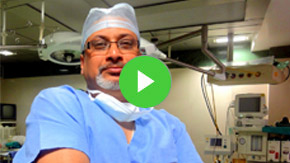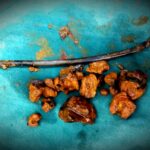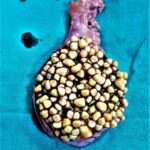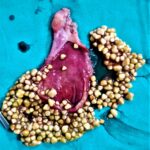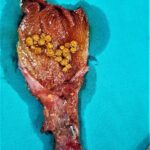Total patient
Hospital Practice
Dangerous case
Surgery
The most common type of pain felt with gallstones occurs after eating a meal especially a oily meal. This pain occurs in the right upper part of the abdomen. Pain can radiate to upper back and to right shoulder. It can be associated with nausea and/or vomiting.
Gallstones are diagnosed by ultrasound. Some blood tests are also done.
Another investigation that may be needed is an MRI scan of the gallbladder and liver.
Gallstones are stones found in gall bladder. Gallstones range in size and number. Sometimes multiple small gallstones less than one cm each can be present within the gallbladder or there can be one very large gallstone measuring up to as large as 5 cm.
Gallstones can lead to symptoms ranging like pain, fever and jaundice and acidity.
Some of the people with gallstones do not have any symptoms and are found to have them during a routine ultrasound.
The treatment of Gall stones is surgery, the gallbladder along with the stones is removed surgically. This is usually done by Laparoscopic method. It is a short operation done under general anaesthesia. It is performed through three or four very small cuts measuring between 5 mm and 10 mm long. The patient can go home either on the same or next day.
Risks of laparoscopic cholecystectomy are very few.
Gastrointestinal Surgery :
surgical It involves surgery of liver, gall-bladder, pancreas, intestines, and stomach.
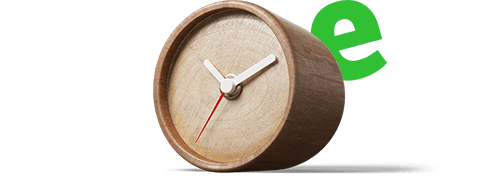
Dr. Sudhanshu Mishra
MBBS , MS( General Surgery) , DNB ( General Surgery ) , MNAMS ,FAIS,FMAS,FIAGES
Dr. Sudhanshu Mishra
He is a member of Association of Surgeons of India (ASI), Association of Minimal Access Surgeons of India (AMASI), Indian Association of Gastrointestinal Endo-Surgeons (IAGES), Association of Endoscopic Surgeons, India Academy Of Burn (NAB), Felloe Of Association Of Indian Surgeons (FAIS), Society of Endoscopic and Laproscopic Endoscopic Surgeons of India (SELSI), Society Of Wound Care & Research (SWCR), Asia Pacific Hernia Society (APHS), Hernia Society Of India (HSI), India Hernia Society (IHS) and World Association of Laparoscopic Surgeons (WALS).
Dr. Sudhanshu Mishra
To emerge as the best endoscopic surgery centre meeting all the international standards, and provide the best in advanced gynecological endoscopic surgery and infertility treatment.
Speciality : General Surgeon, General Surgery, Laparoscopic Surgery, Laparoscopic Surgeon, Gall Bladder Surgeon, Hernia Surgeon, Piles Surgeon, Fissure Surgery, Fistula, Anorectic Surgeon, Proctologist in Delhi, GI Surgeon, Gastrointestinal Surgery, Gastrointestinal Surgeon, Gastrointestinal Surgery, Urology Surgery, Varicose Vein Surgery, Varicocele Surgery, Trauma Surgeon. Operation Theatre and Special Equipments
What is Gall Bladder Surgery?
The Gall bladder is a pear-shaped minor pouch located just under the liver. It holds all the bile, the digestive-fluid produced by the liver. If the Gall bladder does not regulate the bile correctly, it transforms into hard fragments. The stones can largely vary in size; from a rice grain to a golf ball.
Gall bladder stones do not go away naturally. Gall bladders are surgically removed and the procedure is called Cholecystectomy.
Types of Gallbladder Surgery
Generally, Gall bladder stones are removed in 2 types:
Open surgery: Open Gall bladder surgery is done with 5 to 7-inch cut in the belly. If the patient has a bleeding complicacy, the open surgery is exactly required. If the patient has associated complications like extreme obesity and last trimester of pregnancy, then also an open surgery is the wisest way.
Laparoscopic cholecystectomy: Laparoscopic Cholecystectomy or Keyhole surgery is done with 4 small dumps in the patient’s body. The process is done after introducing long and thin telescope into the stomach that comes with a lens and a tiny light lamp at the tip which is connected to the camera on the screen outside. Surgery is done using long and thin tools. During the surgery, the surgeon displays the positioning of the Gall bladder. Then, with other small surgical equipment, the gall bladder is separated from all the adjacent structures and liver and is taken out along with gallstones. Some times if the gallstone is big then they are broken down and taken out.

